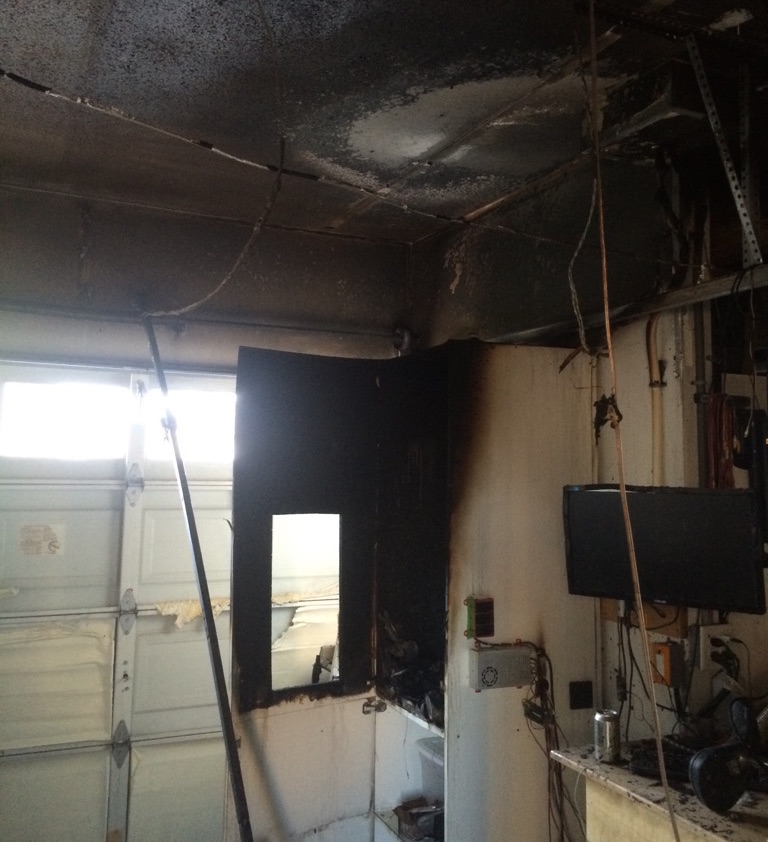
We’ve obtained additional information regarding our recent story of a residential 3D printer-related fire.
In the original post we told the story of a Reddit user who posted an image of a serious fire that somehow occurred with his 3D printer, almost burning down his home. Since then we’ve been contacted by SeeMeCNC, makers of the 3D printer in question who wish to clarify some aspects of the story which may not have been clear to readers.
While the 3D printer owner indicates the printer was a SeeMeCNC Rostock Max v2, it was not literally that machine, as evidently some modifications to the machine and its environment had been done. The owner speculates that some foam insulation attached to a heated enclosure surrounding the Rostock Max v2 device may have fallen on to the hot parts of the machine, possibly resulting in the fire. But we’ll never know what truly happened as the damage was severe.
So who is to blame here? Is it SeeMeCNC? Did they design an unsafe machine? SeeMeCNC explains:
Especially when it comes to component selection, we have taken a LOT of time in making sure that the parts are up to our standards of safety.
In particular, they use a flame-proof resistor in their hotend, while other third party options may not. So it seems they’ve done design and testing to ensure their machine is as safe as can reasonable be done.
But this is the issue: Even if manufacturers take all reasonable precautions, it’s still up to the operator to use the device in the way intended, or else they risk an incident like this one. SeeMeCNC says:
Although we spec parts specifically for safety concerns, like the flame proof resistors and user safety in mind PSU’s, final assembly and modification by the end user will ultimately determine the machines safety.
Manufacturers cannot control what’s done with their machines after they leave the factory. Indeed, with a kit, they also cannot guarantee that the operator will assemble the kit in the way it was intended. DIY folks in particular frequently seek improvements to their equipment by applying their own designs, and it is possible in this case that such improvements caused a problem.
In our previous story, it was not our intent to implicate SeeMeCNC as the cause of the fire – which clearly it may not be the direct cause, but instead to draw attention to the fact that 3D printers can be dangerous machines, particularly when operated outside normal parameters.
Most 3D printers and their components produce considerable heat that must be accounted for in the design and use of the equipment. Some manufacturers spend the effort to mitigate issues through careful design, while others may do less. Many machines on the market still do not have safety certifications that may be found on other common household equipment. Operators of 3D printers may use machines improperly or alter them unknowingly in ways that create risks.
Our message is simple: Be Very Careful. Know what you’re getting into and take appropriate precautions for your skill level. Regardless of printing performance, ease of use, quality of prints, your safety is most important.

